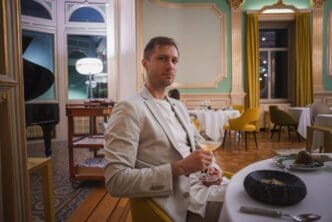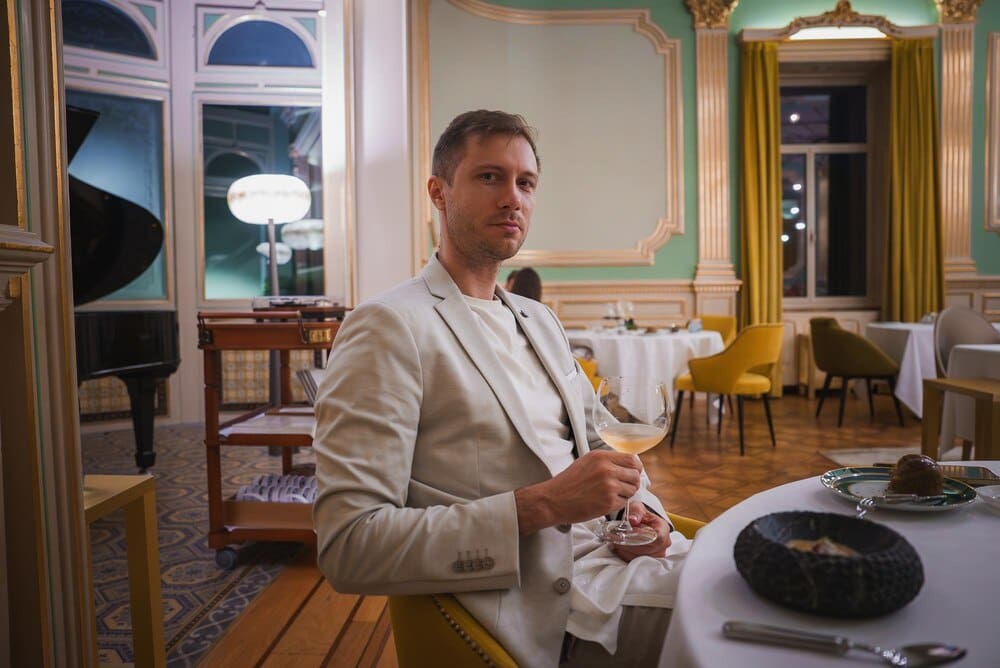As the global economy navigates shifting tides, one constant remains: the immense and growing wealth of Europe’s top entrepreneurs, led decisively by French luxury titan Bernard Arnault. The chairman and CEO of LVMH Moët Hennessy Louis Vuitton, whose family fortune consistently places him at or near the top of global wealth rankings, has cemented his status as the continent’s richest individual. His empire, a sprawling collection of the world’s most desired brands, exemplifies a distinctly European model of wealth creation—one built on heritage, tangible goods, and dynastic succession, offering a powerful counter-narrative to the tech-driven fortunes of Silicon Valley.
The Reigning King: Bernard Arnault & The LVMH Empire
To understand wealth in Europe, one must first understand Bernard Arnault. His journey and strategy are a masterclass in modern capitalism, blending artistic sensibility with ruthless business acumen. He is not just a manager of assets; he is a builder of desire on a global scale.
From Construction to Couture
Arnault’s path to luxury dominance began not in fashion, but in his family’s construction business. After taking the reins in the 1970s, he steered the company towards real estate before making a pivotal move that would define his career. In 1984, he used family money and external financing to acquire a bankrupt textile group, Boussac Saint-Frères, which happened to own a fading jewel: the fashion house of Christian Dior.
He systematically sold off most of the group’s other assets, focusing his energy on reviving Dior. This acquisition became the cornerstone of his future empire. It was the platform from which he would launch his audacious bid to take control of LVMH in the late 1980s, setting the stage for decades of relentless expansion.
The House of Brands
The LVMH portfolio is a testament to Arnault’s strategic vision. It is less a company and more a federation of iconic names, each a leader in its respective category. The group is organized into five main pillars: Wines & Spirits, Fashion & Leather Goods, Perfumes & Cosmetics, Watches & Jewelry, and Selective Retailing.
Under its umbrella, brands like Louis Vuitton, Christian Dior, Tiffany & Co., Fendi, and Celine coexist with Sephora, Hennessy, and Dom Pérignon. Arnault’s genius lies in acquiring these heritage brands and providing them with the capital and global distribution network needed to achieve unprecedented scale, all while preserving the core identity that makes them exclusive and desirable.
A Family Affair
Unlike many self-made American billionaires, Arnault is building a dynasty in the classic European tradition. All five of his children hold senior positions within LVMH, a clear signal of his succession planning. His eldest, Delphine Arnault, is the CEO of Dior, while his son Antoine Arnault oversees image and communications for the group.
This deep family involvement ensures a long-term perspective. Decisions are not made for quarterly earnings reports but for generational strength, solidifying the Arnault family’s control over a significant portion of the global luxury market for the foreseeable future.
The Contenders: A Diverse Roster of European Wealth
While Arnault sits comfortably at the top, Europe’s billionaire landscape is rich and varied. The continent’s other wealthiest entrepreneurs have forged their fortunes in industries ranging from fast fashion and cosmetics to discount retail, showcasing different but equally effective paths to prosperity.
Amancio Ortega: The Fast Fashion Pioneer
From La Coruña, Spain, Amancio Ortega built a fashion empire that stands in stark contrast to Arnault’s luxury world. As the founder of Inditex, the parent company of Zara, Ortega revolutionized the apparel industry with a model now known as fast fashion.
Instead of two seasons a year, Zara introduces new designs in a matter of weeks. This is achieved through a tightly integrated supply chain that links designers, manufacturing facilities, and stores with real-time data on what is selling. This agility allows Inditex to respond almost instantly to emerging trends, delivering affordable, runway-inspired looks to the mass market at incredible speed.
Françoise Bettencourt Meyers: The L’Oréal Heiress
The world’s richest woman, Françoise Bettencourt Meyers of France, embodies the power of inherited wealth and careful stewardship. Her fortune is derived from her family’s stake in the global cosmetics giant L’Oréal, founded by her grandfather, Eugène Schueller, in 1909.
While she inherited her position, Bettencourt Meyers is not a passive owner. As vice-chairwoman of the board, she helps guide the family’s interest in a company that owns brands like Lancôme, Kiehl’s, and Maybelline. Her story highlights a key theme in European wealth: the preservation and growth of a legacy across generations.
Dieter Schwarz: The Discount Retail Magnate
Proving that fortune can be found in frugality, Germany’s Dieter Schwarz built his wealth on a foundation of no-frills, low-cost groceries. He is the owner of the Schwarz Group, the parent company of the wildly successful discount supermarket chains Lidl and Kaufland.
Known for his intense privacy, Schwarz took over his father’s business in 1977 and transformed it into a European retail powerhouse. The model is simple and brutally effective: a limited assortment of private-label products, extreme operational efficiency, and relentless expansion. Lidl’s success across Europe and its push into the United States demonstrate the universal appeal of value.
Giovanni Ferrero: The Confectionery King
Italy’s Giovanni Ferrero leads the eponymous confectionery group that has given the world Nutella, Ferrero Rocher, Tic Tac, and Kinder eggs. He inherited the business alongside his brother Pietro, who tragically passed away in 2011, leaving Giovanni as the sole leader.
Under his command, the traditionally conservative company has become more aggressive, making major acquisitions to expand its footprint, particularly in the North American market. Ferrero has successfully scaled his family’s beloved creations into a global sweet-and-snack empire, proving that even nostalgic products can fuel modern fortunes.
The European Blueprint for Building a Fortune
The stories of Europe’s wealthiest reveal a distinct blueprint for accumulating and sustaining wealth. It is a model that often prizes stability, heritage, and tangible goods over the high-risk, high-reward disruption that characterizes other economic centers.
Dynasty and Heritage vs. Disruption
A significant portion of great European fortunes are tied to family dynasties and heritage brands. The Arnaults, Bettencourt Meyers, and Ferreros are all examples of multi-generational success. The focus is often on stewardship—safeguarding and growing a legacy—rather than on creating something entirely new from scratch.
This contrasts sharply with the United States, where the top ranks of the wealthy are dominated by first-generation tech founders who disrupted existing industries. The European model suggests a more patient, long-term approach to wealth creation, rooted in the enduring power of family and brand history.
The Power of the Tangible
Another striking feature of Europe’s billionaire class is its connection to the physical world. The continent’s richest individuals primarily make things you can touch, wear, eat, or shop for in a physical store. Luxury goods, clothing, cosmetics, food, and retail are the bedrock of these fortunes.
While Europe has its share of tech successes, its economic elite is not defined by software, social media, or e-commerce in the same way as America’s. This grounding in tangible products has provided a measure of resilience, as the desire for high-quality physical goods has proven remarkably durable through economic cycles.
Lessons from Europe’s Elite
The landscape of European wealth, dominated by Bernard Arnault but populated by a diverse cast of industrial titans, offers crucial insights for anyone interested in financial growth and business strategy. It demonstrates that there is more than one path to building a lasting empire. The enduring appeal of luxury, the efficiency of discount retail, and the global power of a beloved brand are all potent formulas for success.
Ultimately, the European model is a lesson in the power of the long game. It champions brand equity built over decades, the stability of family ownership, and the timeless value of producing tangible, high-quality goods. In an age of fleeting digital trends, the continent’s wealthiest entrepreneurs have built their fortunes on foundations of stone, not sand.








